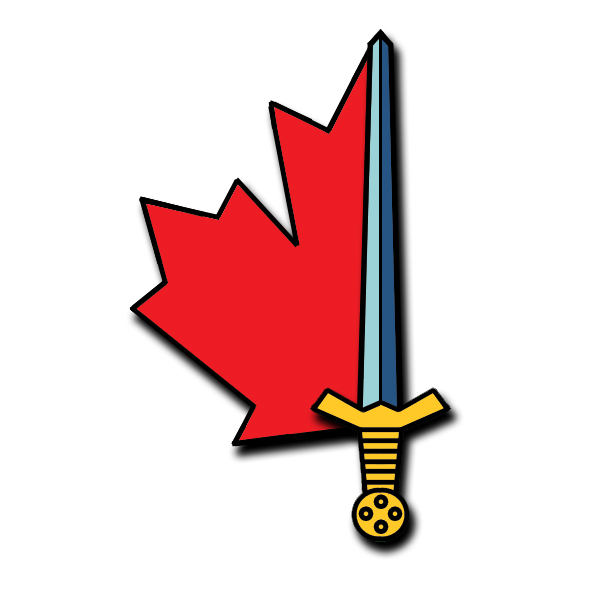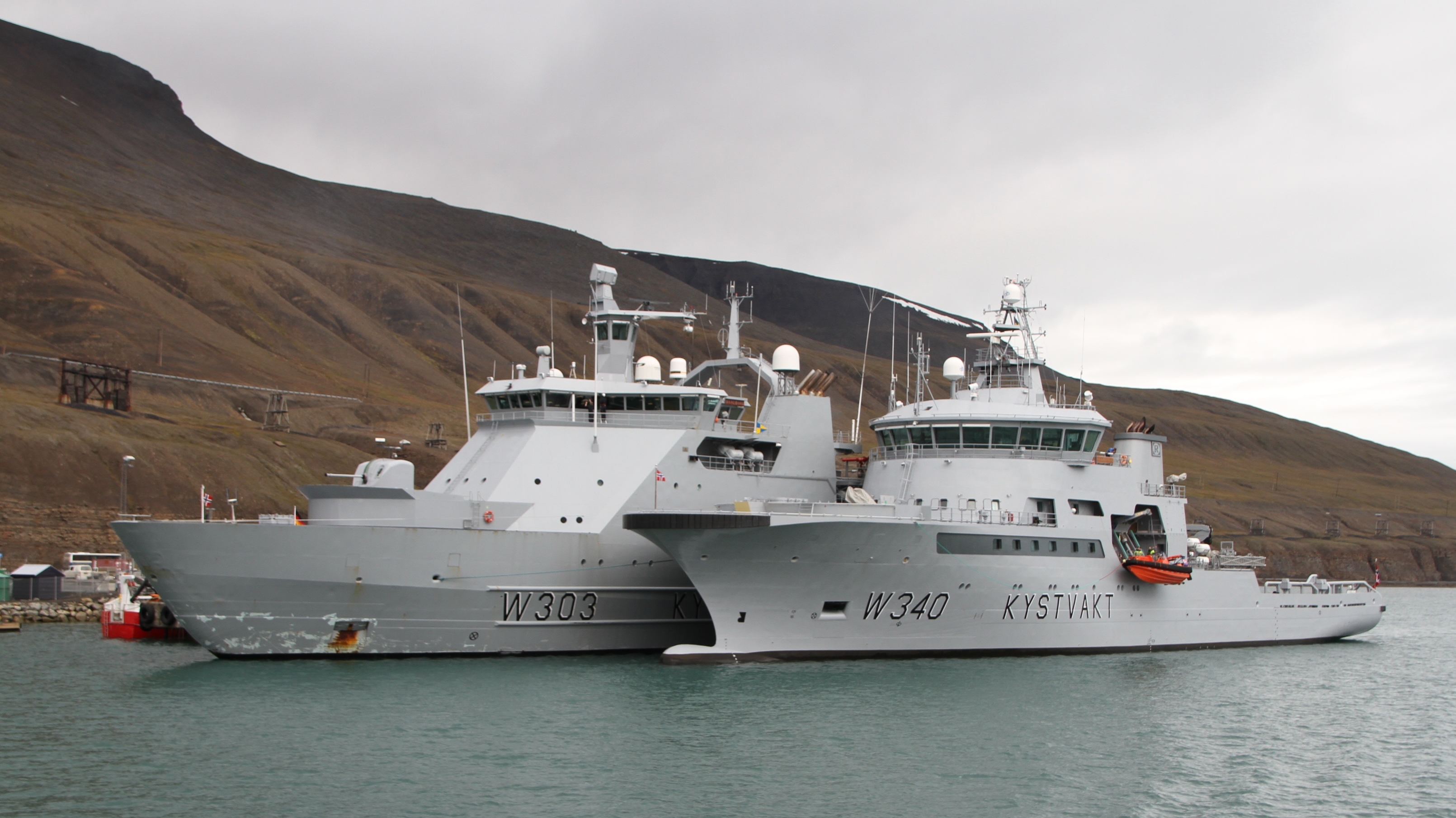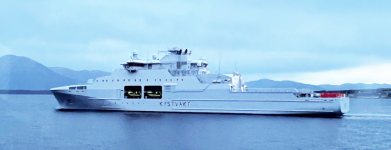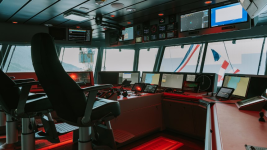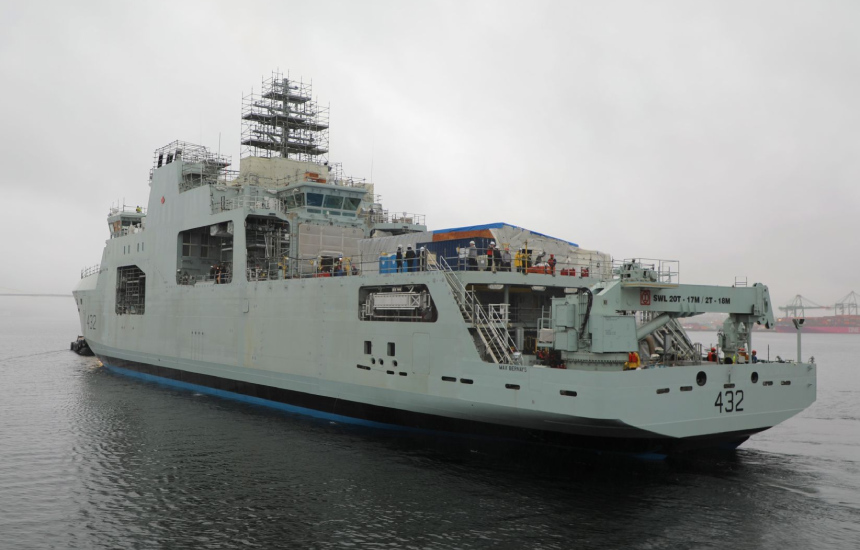- Reaction score
- 5,897
- Points
- 1,260
"Many Politicians, both in Canada the North Eastern US, are heavily in the pockets of the Irvings".Was Irving not involved in the Ship design approval, knew the intent for the ship extension from the start design? They did what they do best and ask for more and more.
How I read it was Seaspan's initial bid, stated they would have to provide significant upgrades to their yard both in Vancouver and Victoria in order to build and maintain the new CSC Ships. They lost based on their probability to be able to provide the required services and site. Where Irving was more then capable to provide the required services and site to build the ships under their own funding.
lets face it, if Irving could have built all the ships AOPS, CSC, Fleet Aux etc they would have all the contracts. The Irvings are heavily in the pockets of many politicians both in Canada and the North Eastern US.
What surprises me is how the money flows with little to no accountability. The CSC build is being treated like a open pocket book by the prime contractor. They know we need the ships, they know we are to far into the process to back out, they know if we do back out they get paid anyways.
We need a better system.
Fixed it for you.



